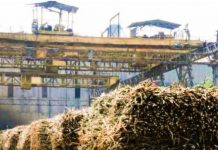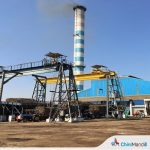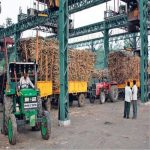Indian Railways’ freight performance continues to strengthen India’s economic backbone, with cumulative loading this year crossing the 1-billion-tonne mark—reaching 1020 Million Tonnes (MT) as of 19 November.
This milestone reflects broad-based support from key sectors: coal remains the largest contributor at 505 MT, followed by iron ore (115 MT), cement (92 MT), container traffic (59 MT), pig iron & finished steel (47 MT), fertilisers (42 MT), mineral oil (32 MT), foodgrains (30 MT), raw materials for steel plants (approx. 20 MT), and balance-other-goods (74 MT). Daily loading continues to hold strong at around 4.4 MT, higher than 4.2 MT last year, demonstrating improved operational efficiency and sustained demand.
Freight loading between April to October further underscores this positive trajectory, touching 935.1 MT in 2025, compared to 906.9 MT during the same period last year, marking a healthy year-on-year growth. This sustained momentum, combined with improved daily loading rates, demonstrates Railways’ capacity to support India’s industrial expansion and infrastructure development.
Recognizing the critical role of cement in India’s infrastructure growth, Railways has taken significant steps to optimise this segment’s logistics capabilities. The recent rollout of comprehensive reforms including the Policy for Bulk Cement Terminals and rationalized rates for bulk cement movement in containers, represents a strategic initiative to modernise cement transportation. These measures aim to increase bulk handling capacity, reduce transit time, and lower logistics costs, directly benefiting both industry players and end consumers while driving greater efficiency across the supply chain. Such targeted interventions catalyze sectoral transformation.
Shifting bulk goods movement to rail yields multiple benefits that extend beyond mere commercial metrics. It reduces carbon footprints, decongest highways, and provides industries including MSMEs access to greener logistics solutions. These developments reinforce India’s commitment to sustainable growth, aligning freight operations with the nation’s journey towards Net Zero Carbon Emission targets and positioning Railways as a catalyst for both economic and environmental progress.


















